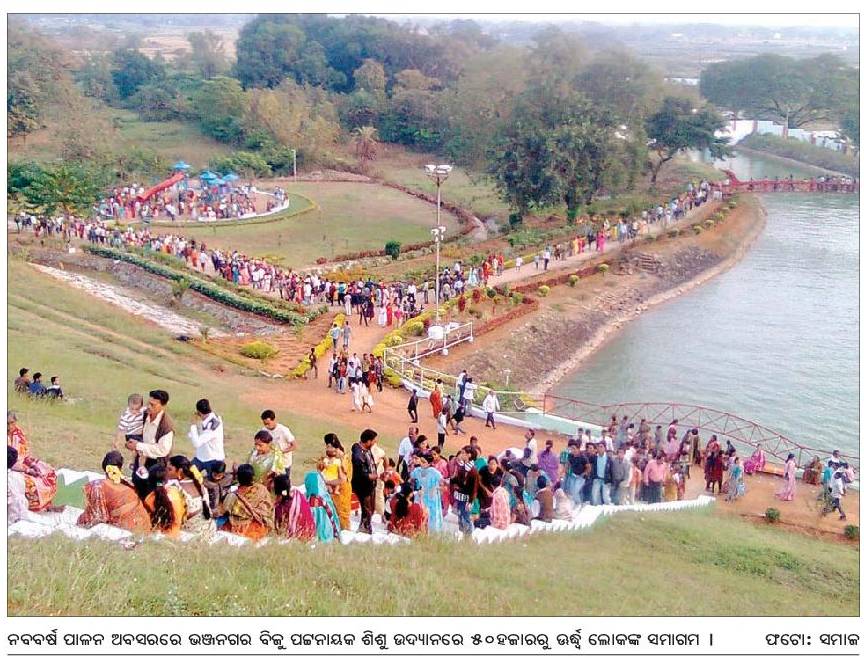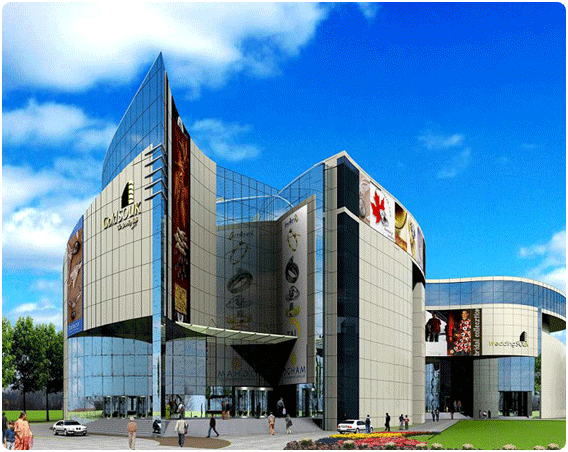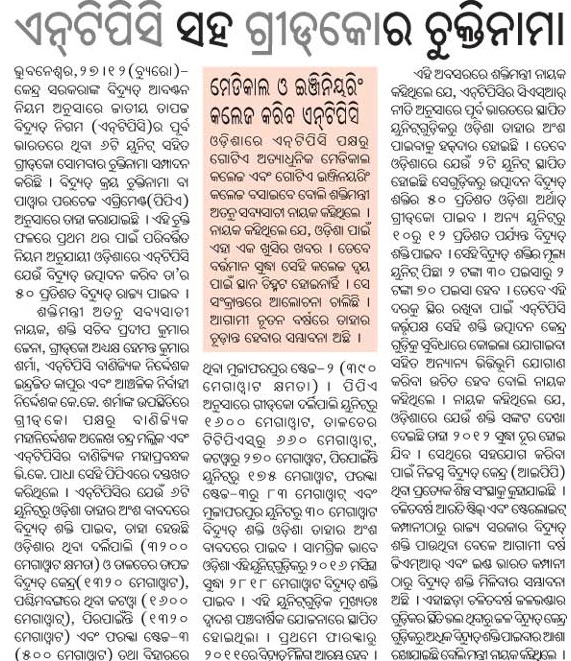… The last occasion Singh spoke publicly on the unending growth versus environment controversy was at a media interaction on September 6 last year. Asked about industry’s fear of the rampaging minister for environment, Jairam Ramesh, the PM proffered what seemed a tangential answer. We have, he said, no intention of reverting to the licence-permit raj.
The answer was revealing. Having played a part in blunting the jagged edges of over-regulation, Singh was able to see the headline-grabbing actions of Ramesh for what they really are: a resuscitation of controls, using a ‘green’ cover.
… The rise and rise of Jairam Ramesh has been one of the most astonishing stories of 2010. An apparatchik with not even a hint of a mass base, he is today arguably the most powerful minister in the UPA-II government. He has become to economic policy what Pranab Mukherjee is to political management. His reputation isn’t based on his success in making India a more green and pleasant land but on his penchant for saying ‘no’. In a polity where real power lies with the states, he has made his ministry the instrument of the Centre’s intrusiveness, with devastating consequences.
Ramesh’s ‘achievements’ are awesome. He has blocked the largest foreign direct investment of Rs 51,000 crore by Posco in Orissa, stymied the emergence of India as the largest aluminium producing hub in the world, disrupted the Rs 2,000 crore initial public offering of the first private sector-created hill station of Lavasa in Maharashtra, and put a spanner in the works of two Jindal-promoted steel plants in Orissa and Chhattisgarh. The opportunity costs of his veto may well equal the Mahatma Gandhi national rural employment guarantee scheme budget!
That’s not all. He has unilaterally flouted all guidelines and committed India at Cancún to positions that could undermine national sovereignty and jeopardize the country’s future growth. He has shifted the parameters of India’s environment diplomacy at both Copenhagen and Cancún, disregarding the advice of India’s tried-and-tested negotiators. What is particularly striking is the dreary frequency with which he has personally repudiated the inviolable red lines of India’s global positions, much to the amusement of the rest of the world.
In between, he has questioned the government’s approach to national security during a visit to China and batted shamelessly for Chinese companies, presumably in pursuit of his Chindia pipe dream. More astonishing, Ramesh has done all this and more after repeatedly rubbing the PM and senior cabinet colleagues the wrong way.
A lesser politician would have been shown the door and made to cool his heels on the back benches. Shashi Tharoor (before his political hara-kiri) was ticked off by party bigwigs for his harmless displays of public-school humour on Twitter. But Ramesh has emerged unscathed from all the controversies and, indeed, grown from strength to strength. He even considered it prudent to level a blanket accusation at the entire political class, claiming harassment by members of parliament lobbying for corporates that have been stung by his decisions.
There are activists who see Ramesh as the best thing since sliced bread: a doughty ‘green’ crusader who is not afraid of doing what is right and playing by the rule book. He has, they say, put environmental activism on the map of India, not least by heeding Medha Patkar on Lavasa, Bianca Jagger on Vedanta and Greenpeace on Posco, appointing National Advisory Council activists to expert committees, and being influenced by internationally-funded advocacy groups on climate change. If public opinion in India was shaped by earnest graduates of American liberal arts colleges and environmental journalists, Ramesh would have been top dog politically — with the added attribute that he is ‘very close’ to the equally earnest heir apparent.
Unfortunately, life isn’t all black and white. Behind Ramesh’s fearless willingness to kick all polluters in the butt lurk malevolent political calculations. The minister, for example, played with a straight bat on the airport in Navi Mumbai. He made Praful Patel sweat, shed tears for the mangrove swamps and then proceeded to clear the project with token caveats. The stakes were just too high and any non-clearance would have led to him being roasted alive by the state Congress.
Equally, he deemed the Jaitapur nuclear power plant of strategic importance and linked it with the Indo-US nuclear agreement. In a different context, he would have waved a report by the Tata Institute of Social Sciences, describing the project as a “social disaster”, to issue an immediate ‘stop work’ notice. This time, the protests didn’t matter because they were, in his view, “politics on the pretext of environment”.
He should know. The stay on Vedanta’s Niyamgiri project was timed to allow Rahul Gandhi his “sipahi” moment. The dispute in Lavasa arose out of a turf battle: should the clearances have come from the Maharashtra government or the Centre? In the case of Posco, Vedanta and Jindal, brownie points were earned by deflating Naveen Patnaik’s aspirational balloon. Additionally, in the case of Posco, there was the delight of undermining the prime minister, who had taken a personal interest in the successful completion of the project. Presumably, from Ramesh’s perspective, these decisions didn’t amount to playing “politics on the pretext of environment”.
There were other sub-texts as well. The Lavasa promoter, it is widely believed, was tarred and made to suffer a huge loss of business credibility for supposedly being ‘close’ to Sharad Pawar. A project which began in 2004 and has more or less completed its first phase was ordered by Ramesh’s ministry to restore status quo ante! The order was subsequently modified but it revealed a mindset. In the case of Vedanta, N.C. Saxena, a member of the inquiry committee, recently admitted to The Indian Express that the decision would have been different if the company had given jobs to 500 local tribals. Posco was asked by Ramesh’s ministry to commit some Rs 3,000 crore to a corporate social responsibility programme as a precondition of clearance. These may be worthwhile political calculations, but they were certainly not “green” considerations.
In a recent interview, Ramesh claimed that “I want to professionalise the system of decision-making. I have proposed the establishment of a National Environmental Assessment and Monitoring Authority — a professional body, independent of the Ministry.” This may well happen in the future but, for the moment, Ramesh has made the ministry of environment a celebration of discretion and arbitrariness. He has merrily set about adding to the scope of his jurisdiction, taking on non-Congress state governments and overturning existing clearances. His ‘green’ norms are breathtakingly simple — “show me the person, I’ll show you the rule.” That, many would say, is what defines governance in India.





